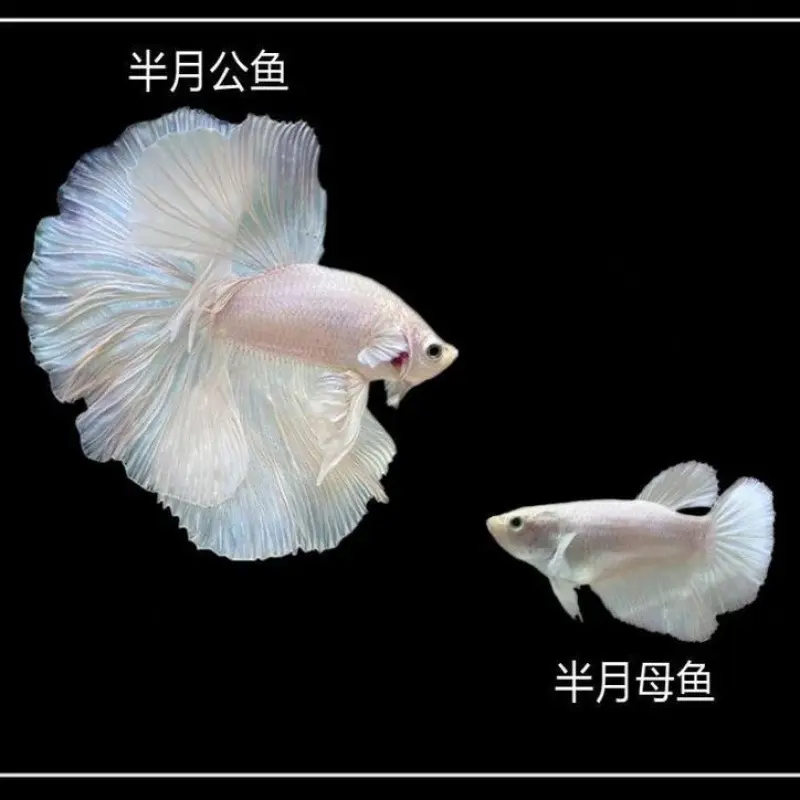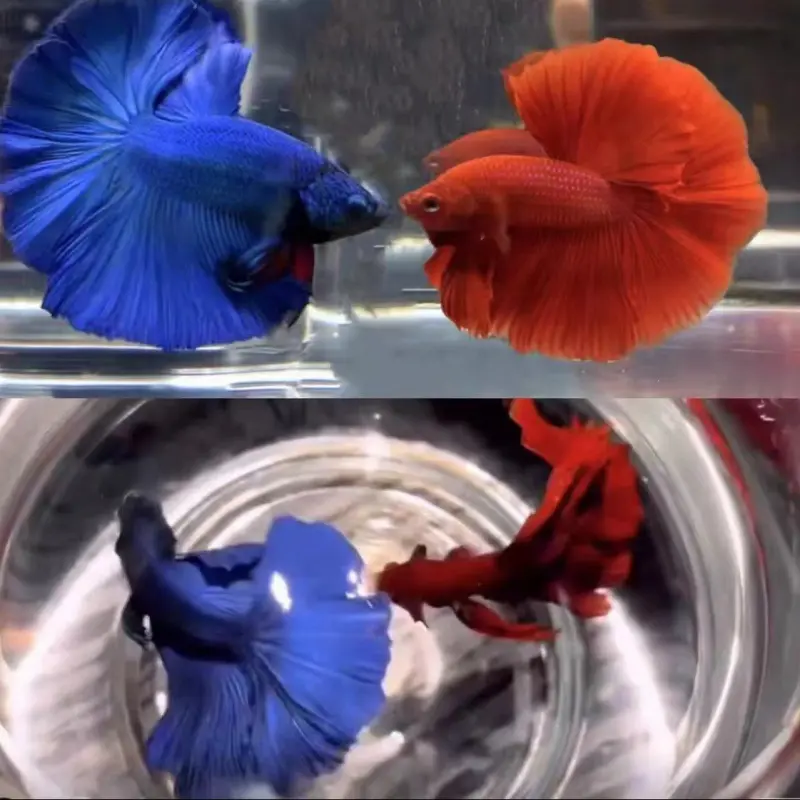It's not easy to identify male and female betta fish for a beginner, here we'll have a closer look. – Pondon Aquarium
Betta fish are known for their vibrant colors and unique personalities. One of the most interesting aspects of betta fish is their sexual dimorphism, meaning there are distinct physical differences between males and females. Here's a guide to help you identify the gender of your betta:
Fins
- Male Bettas: Male bettas typically have longer, more flowing fins, especially their dorsal, anal, and pelvic fins. These fins are often adorned with intricate patterns and colors.
- Female Bettas: Female bettas have shorter, rounder fins that are less showy than those of males.

Body Shape
- Male Bettas: Male bettas tend to have a more slender and elongated body shape compared to females.
- Female Bettas: Female bettas often have a slightly rounder and fuller body shape.
Colors
- Male Bettas: Male bettas exhibit a wider range of colors and patterns, often showcasing vibrant hues like blue, red, green, and purple.
- Female Bettas: Female bettas may also have beautiful colors, but they tend to be less intense and more muted than those of males.
Behavior
- Male Bettas: Male bettas are known for their territorial behavior and may flare their fins to intimidate other males.
- Female Bettas: Female bettas are generally more peaceful and less aggressive than males.
Note: While these are general guidelines, there may be exceptions. Some female bettas may have longer fins or more vibrant colors than others. Additionally, the color and patterns of betta fish can vary depending on their genetics and environmental factors.
Here's a visual comparison to help you identify the key differences:
By understanding these physical characteristics and behaviors, you can accurately identify the gender of your betta fish. This information can be helpful for choosing appropriate tank mates and providing suitable care.

